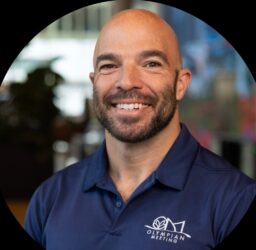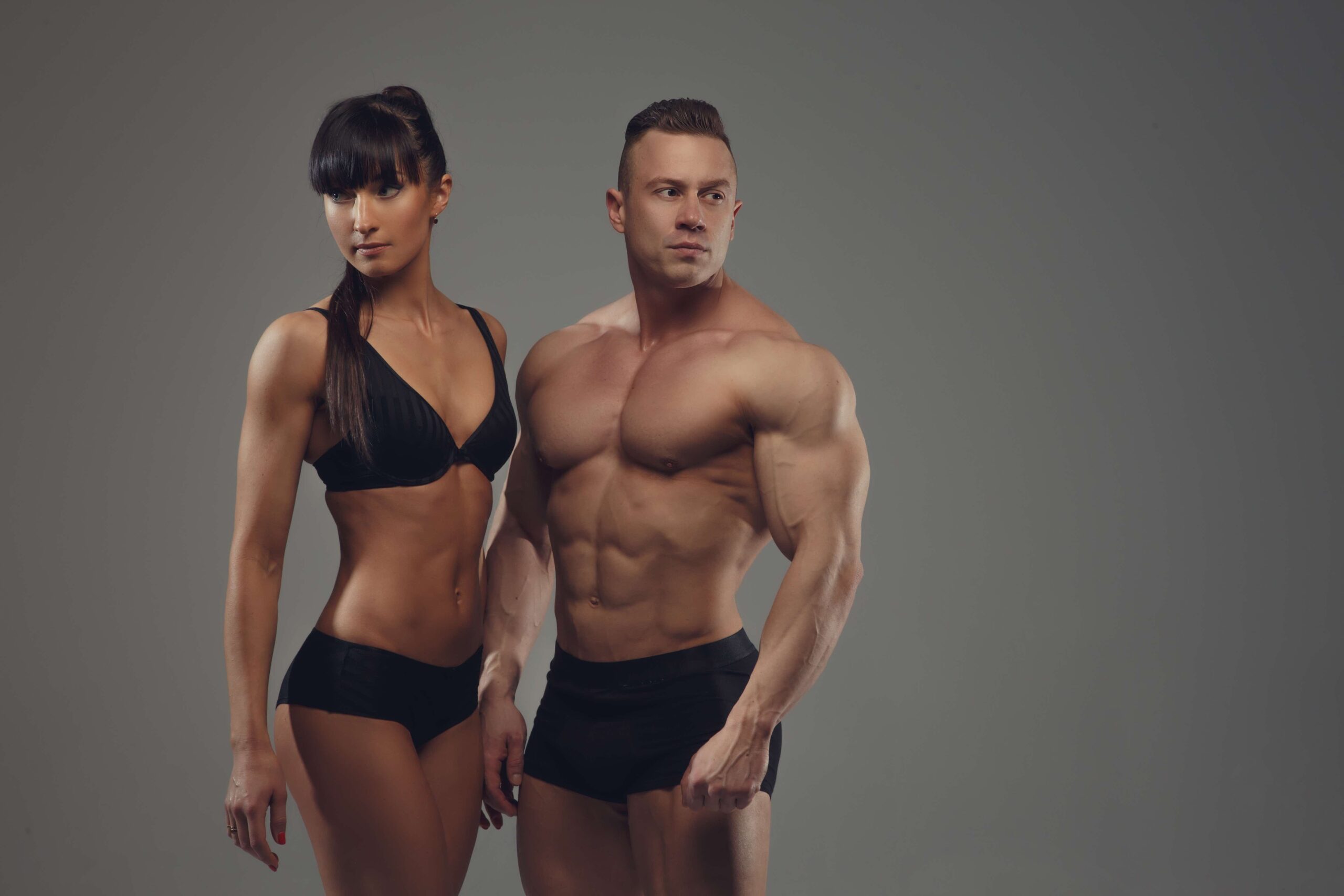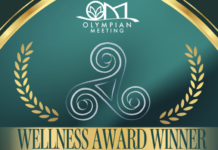David T. Stevens, PMED, Co-Founder of Olympian Meeting, on how to peel back false wellness narratives.
Wellness has become a priority at meetings and events. But how can planners create meaningful wellness experiences amidst the fake fitness narratives that have invaded social media? “We’re in an era where wellness isn’t just a lifestyle—it’s a market,” says David T. Stevens, PMED, Co-Founder of wellness consulting firm Olympian Meeting and host of “Return on Wellness” in his latest What’s Up With Wellness newsletter.

At the center of this market, says Stevens, are fitness influencers selling ideals that often aren’t real. “A recent article in The Guardian peeled back the filters on this reality, revealing a disturbing trend: influencers promoting their physiques as natural while secretly relying on performance-enhancing drugs.” he reports. “It’s a jarring reminder of the widening gap between what we see and what’s real—and it impacts how millions of people pursue wellness. But this isn’t just about internet culture. This is about how we define wellness, and how we—especially in the meetings and events industry—can model a more meaningful and sustainable path forward.”
Stevens advises planners to understand authentic wellness through the foundational lenses of mindfulness, movement, meals and meaning, offering the following tips:
• Mindfulness: Beware of burnout. Pressure fueled by curated influencer perfection is a troubling trend that causes people to burn out in their pursuit of wellness, warns Stevens. Burnout, he says, should not be a motivator. “As someone who designs wellness experiences for events, I’ve seen firsthand how a calm, intentional moment—breathwork, silent reflection, meaningful conversations—can anchor people in the present. Mindfulness isn’t a luxury; it’s a lifeline.”
Movement: Be restorative. “The influencer image tells us that movement should produce six-packs and transformation montages,” says Stevens. “But wellness isn’t a photoshoot. It’s how you feel at 3pm after a team huddle. It’s your energy after a long travel day.” He recommends implementing micro-movements at events, such as walking meetings, stretch breaks and dance breaks, to energize and connect people. Movement should be restorative, he says, not exhausting.
Meals: Eat for nourishment. Avoid extreme diets and chemically enhanced meals designed for social media images, Stevens advises. “In contrast, we center meals as moments of restoration, culture and connection. Whether it’s locally sourced ingredients or thoughtful plant-based options, meals should nourish, not manipulate.”
Meaning: Build authentic experiences. “Influencers who mislead about their methods create a ripple effect of comparison, self-doubt and false hope,” says Stevens. “But meaning brings us back to integrity.” Don’t chase aesthetics, he says. Rather, implement a wellness strategy that builds authentic experiences and enriches attendee’s lives long after the event ends.
You May Also Be Interested In…
Short on Sleep? Try a Nappuccino
Meetings With a Wellness Touch
Arizona Event Spotlights Caesars’ Commitment to Group Wellbeing











